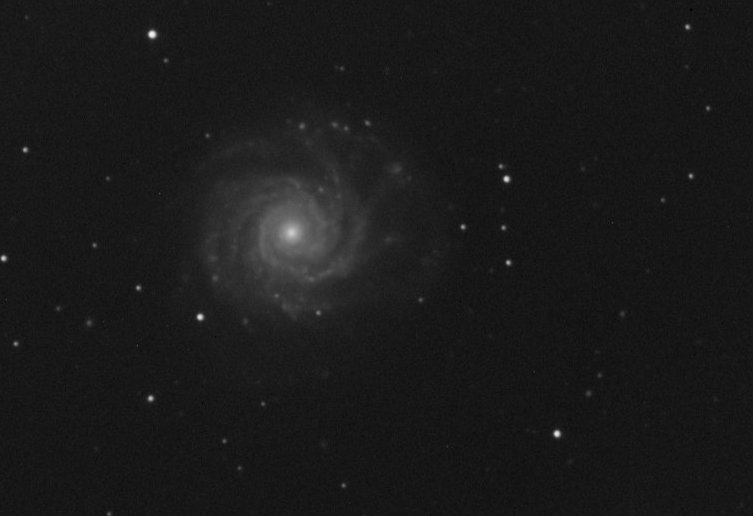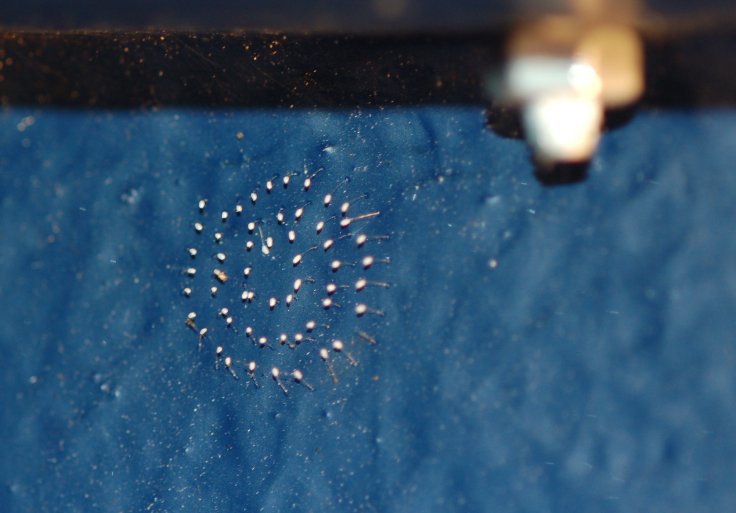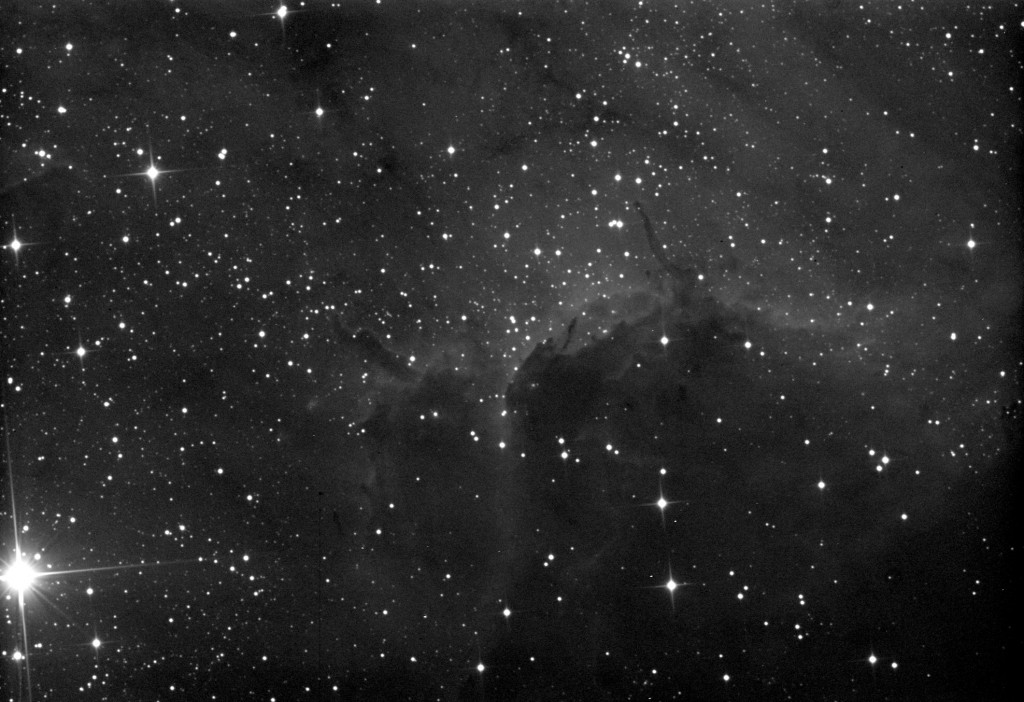The Pear Tree Observatory now has two meteor cameras standing watch. Our first camera, a Moonglow All-Sky camera, has been up and running since July of 2011. That camera is my go-to view of the sky during observing sessions. In the image below you can identify quite a few constellations and you can just make out the Milky Way. But as with all things there are trade-offs. In order to get an image that detailed the camera controller is designed to lengthen the exposure as the sky darkens. When the sky is as dark as it gets around here, the image update rate looks to be about a second and a half. And, as you can see, a lot can happen in that time. The meteor only shows up in one update of the video image.
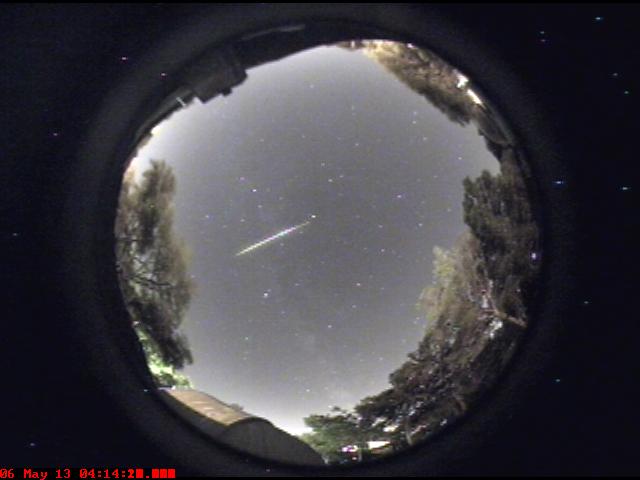
Since the meteor is only in one image its direction of motion cannot be determined. And in fact, can be misleading. In the video, the meteor appears to move from right to left. As the single image with the meteor is scanned on to the screen (from top to bottom) the right edge of the trail is first to be drawn. As the rest of the meteor trail is filled in, it appears to move to the left as the scanning proceeds down the frame.
Enter our new camera. While I was researching meteor cameras, I came across several organizations that sponsor meteor detection networks. New Mexico State University sponsors the All-Sky Camera Network. What started as a network of volunteer sites across the continental United States has now spread to several overseas sites as well.
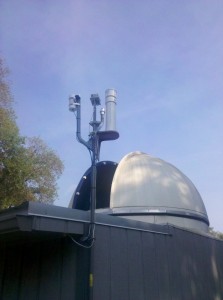
The PTO sensor tree.
The NMSU network
web page has a map of their site locations and I couldn’t help but notice a gap over the panhandle of Florida. So in April of last year, I wrote to the listed contact. The response was there were no cameras currently on hand, but I could go on a waiting list should another batch be constructed. I said “Sign me up.” and in November received an email saying another batch of cameras was ready and was I still interested? A little more than a week later a box arrived with the camera and documentation inside.
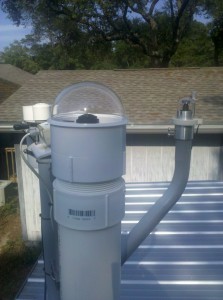
The NMSU all sky camera in it’s PVC housing. The Moonglow camera is to the right in the background.
It took me a while to construct the brackets necessary to mount the camera, and even more time matching the operating parameters to our sky conditions, but it is now operational. And based on the results of the recent Eta Aquarid meteor shower, it works very well. The system uploads each nights activity to a server at NMSU where the data are processed and cataloged. The videos are then posted on the web page. The PTO captures are posted
here.
The only detection by the Moonglow camera was the single frame on the 6th of May shown above. As you can see from the archived videos on the NMSU web page their camera detected 5 meteors on the 6th, 7 on the 7th and 5 on the 8th.
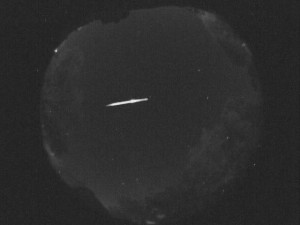
But once again, compromises are made. The NMSU camera does not appear to lengthen its exposure time which means more frames are captured in the same time span. This also means that only the very brightest stars are visible and then just barely and the Milky Way is not visible at all. The video that matches the detection by the Moonglow camera shows the meteor travels left to right with a slight flare near the end.
Both cameras are valuable assets of the observatory. Each has been optimized for a specific task and both perform those tasks very well.
![The Crab Nebula (M 1) [L:30x30s;R:30x30s;G:30x30s;B:30x30s]](https://ptobservatory.com/wp-content/uploads/2011/01/str_M-1-LRGB-1024x689.jpg)




